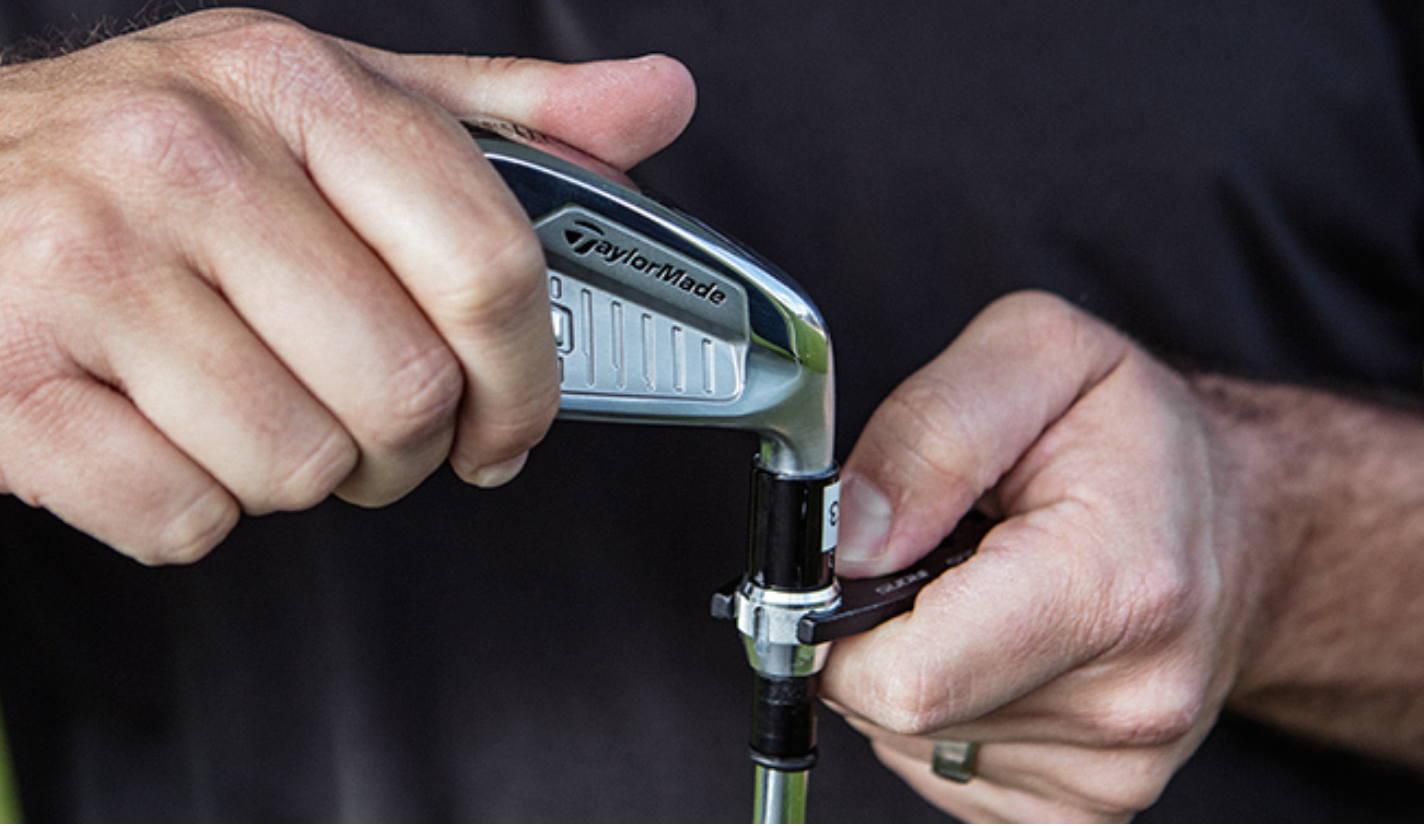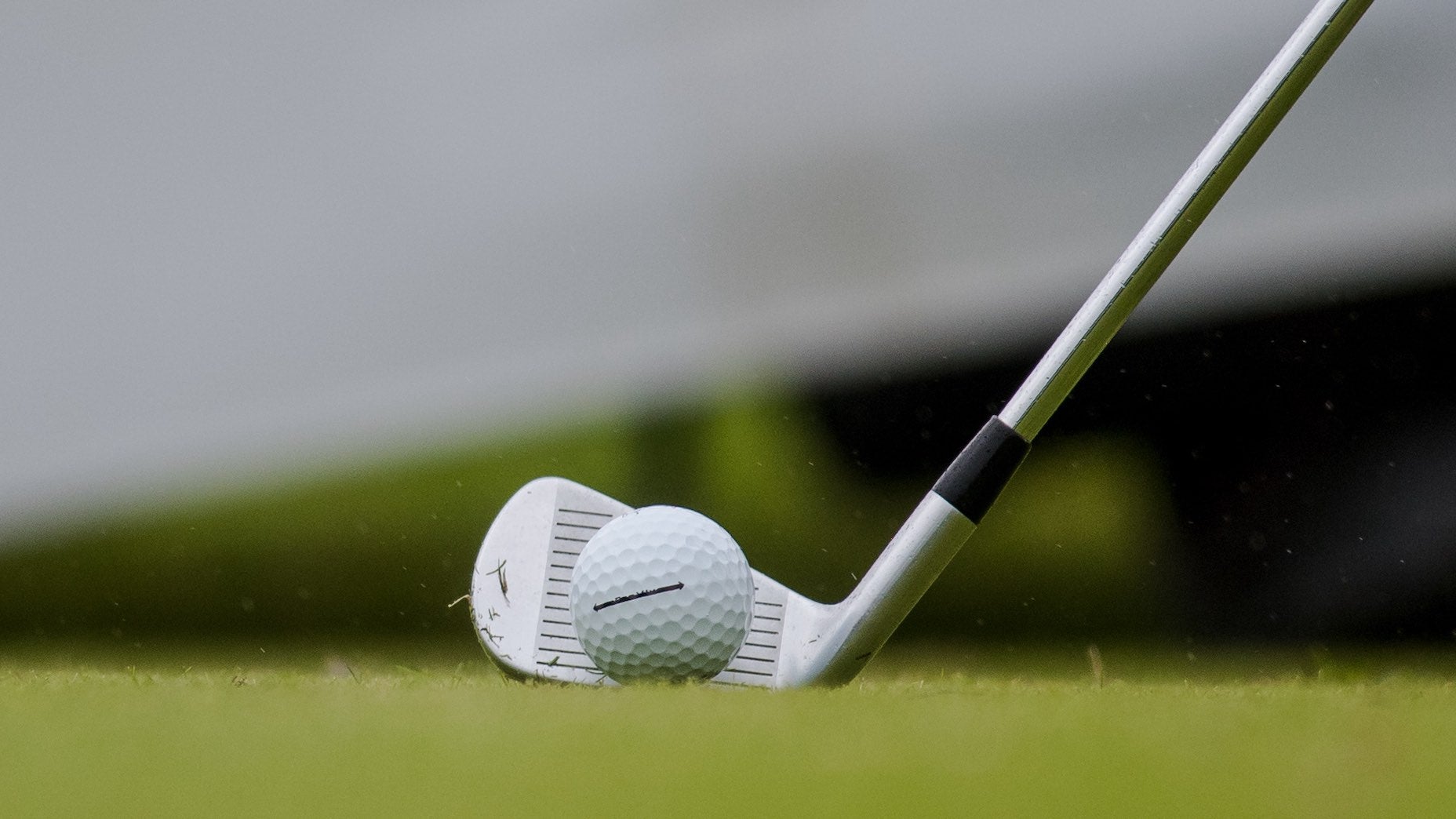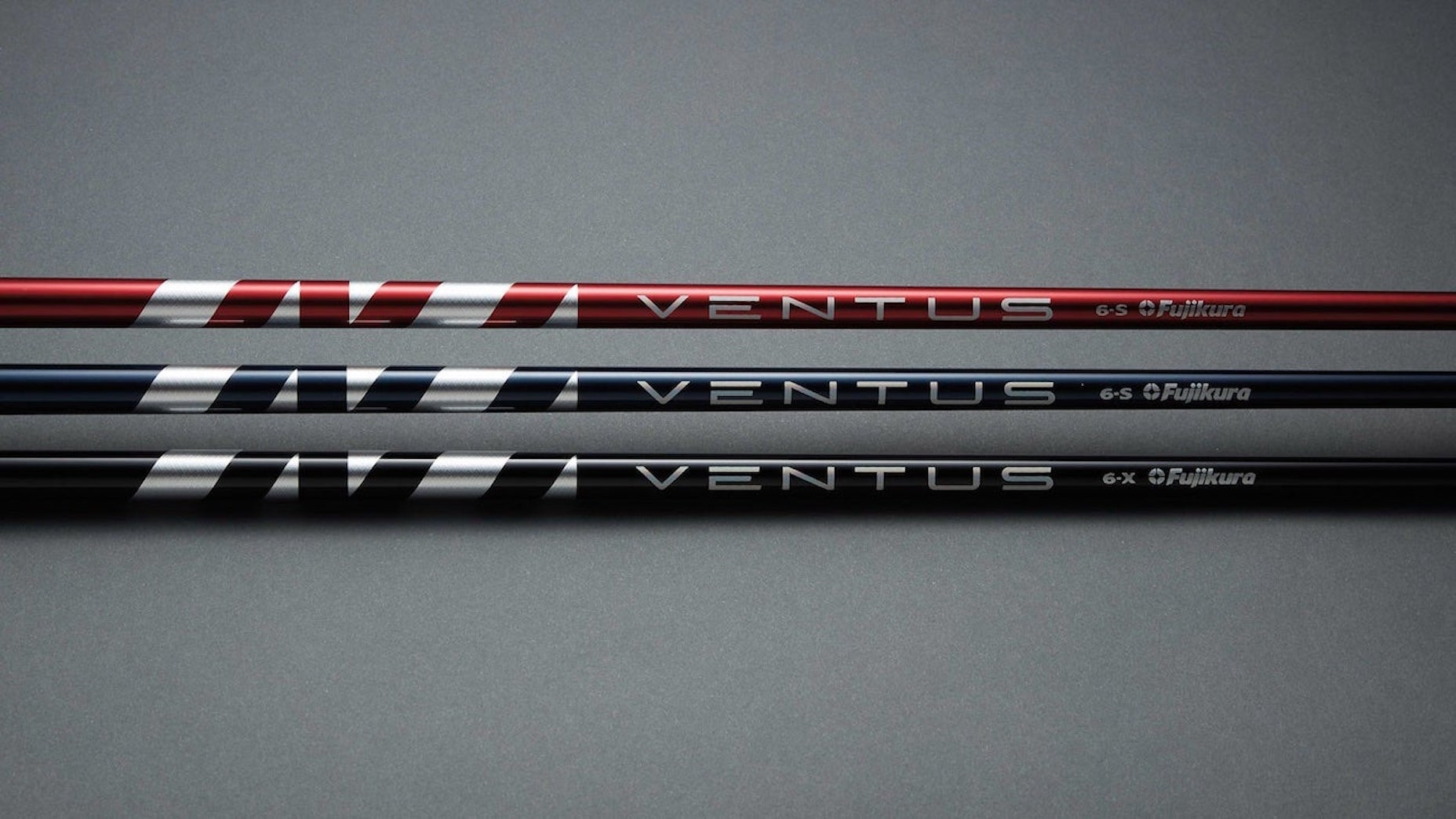Welcome to a new shaft series sponsored by Fujikura Golf, one of the industry leaders in shaft design and development, and presented in conjunction with GOLF affiliate True Spec Golf, a premium club-fitter and builder with over 20 studios across the globe.
There are three main components of a golf club: head, shaft and grip.
Since the head is the portion that makes contact with the ball, its importance cannot be understated. The grip is the only part of the club that a golfer actually holds onto, so grip style and size should never be overlooked.
And then there’s the shaft.
The shaft doesn’t make contact with the ball, and you’re not technically holding onto it either. But, the shaft is arguably the most important aspect of a golf club; it’s the engine that can make or break your performance on the golf course.
No matter how much distance or accuracy your heads are built to provide, using the wrong shafts will keep you from optimizing performance parameters such as swing speed, ball speed, launch, spin and dispersion. The right shaft can help you play your best golf, prevent injury, and allow you to make improvements instead of compensations.
So how do you actually go about finding the right shaft for your swing in a market filled with seemingly endless options? This article is designed to be a roadmap for those who need help navigating the shaft market. Below is a 5-step plan to get the right shafts into your clubs and get you on the way to playing better.
1. Establish a baseline
Before even venturing into the abyss of the shaft market, you should first take inventory of your performance with your current set. This means hitting every single club in your bag on a launch monitor to gather data, preferably under the supervision of a local fitter or teaching professional.
The goal is here is to identify what clubs you hit well, and what clubs need attention. You also want to gain an understanding of how far you actually hit each club, and what your swing speed truly is.
As you work through your bag, ask yourself the following questions: Is there a certain club I tend to hit offline more than the others? Is there a certain club that produces spin rates or launch angles that are too high or too low? Am I losing speed or carry yardage with any club in particular?
While some of these issues can be solved by replacing the club heads, it’s likely that any drastic problems are arising because the shaft isn’t right for your swing.
If you’re able to track your numbers with each club via launch monitor, make sure to get a printed/email version to keep with you. If you only have access to a range without a launch monitor, keep a notepad with you as you work through your golf bag. Take notes on common misses with each club so a fitter or instructor can look through them later.
2. Do your research
This step may be the most painful for some, but I promise it will be valuable in the long run.
For step two, go through each of your clubs and literally type in the name of each shaft into Google. Make sure to type in the brand, model, and any designations such as flex, weight, torque, etc. Basically every shaft in existence will have information available online regarding specifications, technologies and design. Ask yourself, does the description of the shaft match my needs?
For example, let’s say you’re playing a new “Fujikura Ventus Black 7X shaft” in your driver. After typing it into Google and going on the company’s website, you realize it’s a relatively stiff shaft that’s made for low launch and spin. The problem is (as you’ve found out through testing in step 1) that your driver already tends to launch and spin a bit too low. After researching more about the Ventus shafts, you’ll discover that the Blue version of the shaft launches a bit higher, and the Red version launches even higher. Maybe one of the other models would suit you better.
This goes for any shaft model from any shaft company, as well. Nearly all shafts come in different options and variations that are made for different players; this is very much by design, with specific technologies built for different outcomes. If you’re new to the shaft market lingo, here are a few terms and definitions that may help:
Here’s the shaft flex you should play based on your swing speedBy: Zephyr Melton
- Length: This is a measurement, in inches, of how long the shaft is. Be careful when it comes to length because some companies and builders measure length slightly differently, so be sure to ask for the method of measurement so you’re aware.
- Flex: This measures the ability of a shaft to bend under the force of a golf swing. Generally, slower swing speeds find better performance from more flexible shafts (ladies, senior, regular flex), whereas faster speeds need less flex (stiff or x-stiff flex)
- Tipping: Shafts can be “tipped,” or trimmed at the tip-end of the shaft, in order to increase effective flex of the shaft. This typically reduces spin and lowers ball flight for most golfers.
- Weight: This measures, usually in grams, how heavy the shaft weighs. All shafts of a certain weight aren’t created equal, though. Make sure to ask where the balance point of the shaft is because this will impact the club’s swing weight and how it performs.
- Kick point: This is the area of a shaft that will bend most during the swing. A low kick point is toward the head, a high kick point is toward the grip, and a mid kick point is near the center of the shaft. Kick point will influence how the club feels and what trajectory the ball launches at.
- Torque: This measures, usually in degrees, the shaft’s resistance to twisting. Low torque (around 2-3 degrees) means it doesn’t twist, or torque, much at all, whereas high torque (around 5+ degrees) means the shaft twists a lot. Low torque generally works better for high swing speeds, whereas high torque fits best with slower swing speeds.
Armed with this information, you’ll be able to make smarter buying decisions going forward. You’ll also now have a better idea of what shafts you may want to test in the future.
3. Conduct testing (with minimal variables)
OK, so the painful research part is out of the way. Now for the fun stuff: it’s time to try out new shafts!
Since most of us don’t have endless money to buy every type of shaft the market has to offer, it’s best to make an appointment with a local club fitter that has a variety of shafts available to test. If you don’t have a fitter in your area, call around to local golf courses to see if they have any upcoming demo days where you can try out different shafts.

True Spec Golf fitting
The most effective way to test out shafts is to minimize variables as much as possible. You want an apples-to-apples test between two or more shafts, so if the fitter has a system such as Club Conex, it’s a huge win. The Club Conex hosel system will allow the fitter to interchange any shaft with any head, so you can test out a variety of shafts in the same head.
Testing out different shafts to see how they perform for you is really the only foolproof way to figure out if a shaft is the right one. Sometimes the best shaft on paper isn’t the best in real life, so the testing portion is absolutely crucial. As you test out different shafts – aside from strictly performance – take note of how a shaft feels. If it’s too harsh or too soft, verbalize that to your fitter. If the shaft doesn’t feel right to you, that’s probably for good reason.
Please also keep in mind that just because a certain shaft model works with your driver doesn’t mean it will be the best in your fairway wood. These clubs have different centers of gravity (CG) and MOI (moment of inertia) properties, so shafts may work differently in each head. Likewise, just because particular shafts work in your irons doesn’t mean they’re correct for your wedges. Often times, PGA Tour players will use slightly softer and less flexible wedge shafts to help induce greater spin in their wedges
4. Find a professional builder you trust
Purchasing the perfect shaft is great, but unfortunately that’s only half the battle. The shaft has to be physically attached to your club head, equipped with a grip, and the assembly needs to be done with precision.
A lot can go wrong during this process in terms of length, tipping, swing weight and general attachment.
To minimize any errors, make sure you get confirmation from your fitter on exact shaft specifications that you need. That way, you can pass along these measurements to the person who’s actually building your clubs. For example, if you got fit into a shaft that is supposed be 44.5 inches and tipped 1 inch, but the builder forgets to tip the shaft, it may perform much differently than the shaft you actually got fit into.
So, make sure to take full advantage of your perfectly fit shaft by getting with a trustworthy builder. I recommend calling ahead and speaking directly with the builder about your needs, and even read some online reviews before entrusting your new shaft with just anybody.
5. Monitor your performance
After following the first four steps, you should now have a shaft setup that matches your golf swing.
It’s time to put it through a final test. A launch monitor is a great place to verify that your numbers are now optimized, but the golf course is where it all really matters.
Play at least a few rounds with your new shaft and take note of any oddities. If you’re still experiencing some common misses, bring them to the attention of your fitter or local teaching professional. There could still be some tweaks to make to your shaft or club head that will reduce your dispersion.
Not to be the bearer of bad news here, but even a perfectly fit shaft won’t completely eliminate your bad shots. If your new shafts still aren’t performing the way you want, swing lessons or more practice may be in order.
Keep in mind that if you do make any changes to your swing down the road with your current shaft setup, make sure to keep an eye on your performance with each of your clubs. If you gain speed (a great problem to have), lose speed (my condolences), or change your delivery pattern, it may be time to start back at step 1 and find shafts to match your new swing.
Want to overhaul your bag for 2021? Find a fitting location near you at GOLF’s affiliate company True Spec Golf. For more on the latest gear news and information, check out our latest Fully Equipped podcast below!




